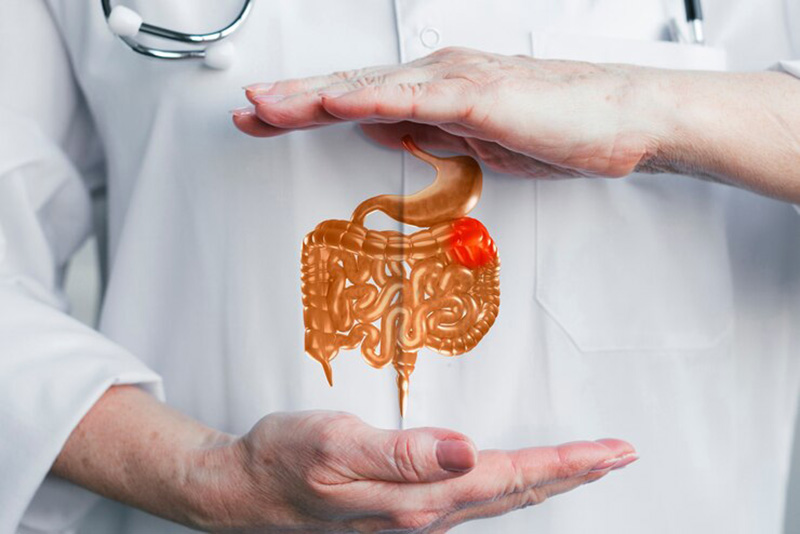Have you ever wondered about the secret to a happy, healthy gut? Well, the spotlight is shining brightly on both Prebiotics and probiotics. Research has revealed that an imbalanced microbiome can contribute to various health conditions, affecting our gut and other parts of our body.
This growing awareness has spurred interest in Probiotics and Prebiotics, both renowned for their potential health benefits. What’s intriguing is that combining these two dietary components can yield even greater advantages for gut health.
Let’s delve into the distinctions between probiotics and Prebiotics, their roles, and the compelling reasons to consider integrating them into your diet.
What are Probiotics?
Probiotics are those friendly neighbors who always have your back. They’re living little wonders bacteria and yeasts about promoting good vibes in your digestive system. Probiotics keep the not-so-friendly bacteria in check, ensuring a peaceful neighborhood in your belly.
What are Prebiotics?
Prebiotics are essential for probiotics to grow strong and fight harmful bacteria. You can find them in everyday foods like whole grains, bananas, and onions. Popular prebiotic ingredients like inulin and FOS can also be found in various foods and supplements.
Benefits of Taking Prebiotics and Probiotics Together
When you bring probiotics and Prebiotics together, they’re doubling their powers. They ensure our gut is a bustling, happy city of useful microorganisms. Here are the benefits of probiotics and prebiotics:
Optimized Gut Health

Picture a well-oiled machine; that’s your gut on Prebiotics and probiotics. Everything flows better; digestion is smoother, and those awkward tummy moments become rare.
Strengthened Immune System

When our gut is home to a diverse and healthy population of microorganisms, our immune system is strengthened. The gut microbiome plays a crucial role in training and regulating immune cells. A balanced gut community ensures the immune system is better equipped to recognize and eliminate harmful pathogens like viruses and bacteria.
Enhanced Nutrient Absorption
The key to optimal nutrient absorption lies in the quality of your food and how effectively your body processes it. By fostering a healthy gut ecosystem by combining probiotics and prebiotics, you can ensure that your body extracts the maximum nutritional value from your meals, helping you achieve optimal health and wellness.
Protection Against Harmful Bacteria
Think of this dynamic duo as your gut’s security system, ensuring harmful bacteria are kept in check and not overrun the place.
Potential Side Effects of Combining Prebiotics and Probiotics
It’s crucial to remember that incorporating prebiotics and probiotics together can provide various health advantages. However, it’s equally essential to be mindful of any potential side effects or considerations when adding these components to your wellness regimen.
Temporary Bloating: Prebiotics and probiotics may initially lead to mild bloating, particularly during the first few days of use or when consumed excessively.
Individual Sensitivity: Some individuals may be more sensitive to these dietary components. If you experience persistent bloating, gas, or gastrointestinal discomfort, you should adjust your intake or consult a healthcare professional for guidance.
Dosage Considerations: Taking excessive Prebiotics or probiotics can potentially exacerbate gastrointestinal symptoms.
Underlying Medical Conditions: People with underlying medical conditions, particularly those related to gastrointestinal health, should exercise caution when combining Prebiotics and probiotics.
Drug Interactions: Although rare, some individuals may experience interactions between probiotics and certain medications. If you take medications, consult your healthcare provider for personalized guidance.
Allergies or Sensitivities: While allergies to probiotics and Prebiotics are uncommon, individuals with known food allergies or sensitivities should check product labels for potential allergens.
How to Take Probiotics and Prebiotics Together
When it comes to combining Prebiotics and probiotics for enhanced gut health, you have two primary options to choose from:
All-in-One Supplements
One convenient approach is to opt for a probiotic supplement that already includes a prebiotic component, such as a multi-strain probiotic and prebiotic. You’ll often find inulin as a common prebiotic additive in these supplements.
However, it’s important to note that while inulin benefits many individuals, some may be sensitive to it, especially when consumed in high doses.
Additionally, individuals following a low FODMAP diet should exercise caution, as inulin may not suit their dietary restrictions. To make an informed choice, carefully read product labels to ensure compatibility with your specific needs.
Separate Supplements
Alternatively, you can take Prebiotics and probiotics supplements as distinct supplements. This approach gives you more control over the quantity of each dietary component.
By selecting this method, you can independently assess your tolerance to Prebiotics and probiotics. It allows you to fine-tune your regimen, increasing or decreasing supplements as necessary to align with your unique preferences and requirements.
Conclusion
The intertwining relationship between Prebiotics and probiotics is fundamental for those seeking holistic gut health. By understanding their roles and combined efficacy, individuals can make informed choices about their digestive health and overall well-being. With the right knowledge and approach, a harmonious gut is within reach.
Frequently Asked Questions
What does the term “synbiotics” mean?
Synbiotics are a combination of Prebiotics and probiotics designed to maximize health benefits. They ensure that probiotics thrive in the gut and function at their best.
Why should I take Prebiotics and probiotics together?
Together, they optimize gut health, strengthen the immune system, enhance nutrient absorption, protect against harmful bacteria, and positively influence mood and mental well-being.
Are dietary supplements the only source of Prebiotics and probiotics?
No, many foods naturally contain them. Examples include yogurt for probiotics and bananas for Prebiotics.
